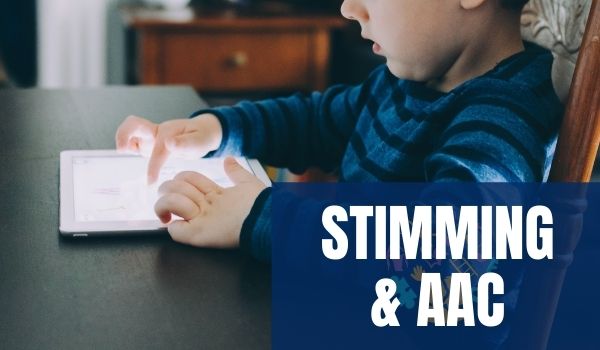Children who have sensory processing issues have difficulties with receiving and responding to sensory input. They can experience hypersensitivity or hyposensitivity, or both at once. They may indulge in sensory avoiding or sensory seeking behaviours such as staring at bright objects, licking objects, or covering their ears to avoid noise. Using a sensory diet can help children regulate themselves and make sure such behaviours don’t impact their everyday lives.
What is a Sensory Diet?
A sensory diet is an intervention strategy that uses sensory-based activities that help children to be alert. We all exhibit sensory-based behaviors from time to time. Biting nails when we are anxious about something or fidgeting with a pen are all sensory strategies that we use to deal with our stress.


Like a balanced diet helps children get the nutrition they need, a sensory diet can provide an individual with controlled input that satisfies their sensory needs. It helps children to focus on the task at hand without information from their eight senses affecting them.
We may have learnt about the five senses but there are eight senses that play a key role in how we experience the world. Read about the eight senses here
Things to Consider
Since each child’s issues may be different, sensory diets are most effective when they are tailor-made. Here are a few things to keep in mind while coming up with a sensory diet plan:


- Include activities that are capable of creating optimal states of performance and arousal.
- Make sure that the stakeholders in the child’s life including the parent, teacher, and therapist work together while designing the diet.
- Identify times when the child may need sensory support throughout the day by looking at their daily schedule of events.
- Observe the behaviours of the child to find out what types of input they are avoiding and seeking
- Get the child involved while putting together the diet so that they can choose activities they are comfortable with.
- Monitor the effectiveness of the sensory diet on your child and make changes as
- Incorporate regular sensory movement breaks in functional activities. Take the duration of the activity into account while determining the duration of breaks.
- Use a visual schedule to let the child know when they get to engage in sensory activities throughout the day.
- Use a timer so that children can easily transition between functional activity and sensory activity.
- Monitor how the child’s behaviour while implementing the diet and make changes according to your observations
Sensory Activities Examples
Here are a few activities for each sense that you can include in the child’s schedule –
Touch and Smell
- Playing with stress ball
- Sorting letters/shapes made of materials with different textures such as felt, foil, construction paper, etc
- Playing with grains/pulses mixed with essential oils
- Play a smelling game with candles, flowers, spices, or food
- Playing with play doh/slime/silly putty
- Playing in a sensory bin with foam balls


Sight and Sound
- Playing with sensory water bottles filled with glitter
- Listening to favourite music
- Tapping/banging on water bottles, table, or plates
- Playing a musical instrument
- Wearing noise-cancelling earphones
Oral Motor
- Blowing bubbles
- Chewing gum
- Using ‘chewelry’
- Eating crunchy food such as pears, apples, crackers, and breadsticks
Proprioception
- Wearing a heavy jacket, hats, etc
- Pressing feet together
- Carrying heavy books or toys
- Holding doors open


